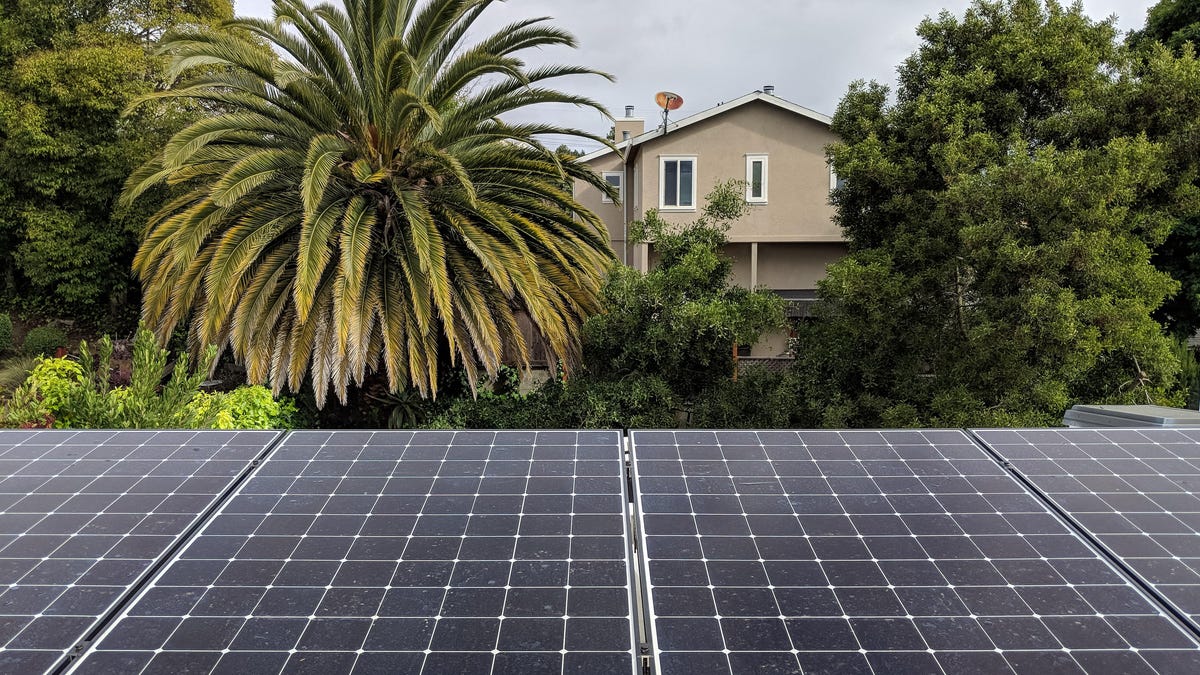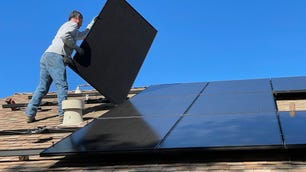What Are Time-of-Use Utility Rates?

Do you pay the same for electricity in the evening as you do in the morning? A lot of Americans do, and you can either take advantage of it or face unwelcome surprises.
When you get your electricity bill every month, you’re probably not thinking about what it took to generate that power and deliver it to your home. More likely, you take one look at the total cost, grumble because it’s too high, and pay it anyway.
But if your utility uses time-of-use rates, you could be missing out on an opportunity. Not all electricity is created equal, and your utility might be encouraging you to use power at off-peak hours. With utility bills on the rise, especially in the past few years, any opportunity for a lower bill might bring some much-needed relief.
“It’s an important concept for people to start to understand, because there’s real money to save,” said Pamela Frank, vice president of Gabel Associates, an energy consulting firm.
Here’s everything you need to know about how time-of-use rate plans work, how they can save you money and what risks they entail.
How do time-of-use rates work?
Time-of-use rates are straightforward: An electricity provider can charge you different rates for power depending on what time of day you’re using it.
At peak hours (usually afternoons and evenings), power is more expensive because it’s in high demand. At off-peak hours, the rates drop, making electricity cheaper.
Most people don’t notice this, because they receive one bill at the end of the month with one rate. But some utility companies allow customers to choose a time-of-use rate plan instead, where their costs will vary based on when they used the power.
“What time-of-use does for customers is it gives them a little more agency over the price they’re going to pay for electricity,” Frank said.
Why are time-of-use rates necessary?
Utilities use time-of-use rates for a simple reason: “It costs different amounts of money to generate electricity at different times of the day,” said Frank.
It’s the basic idea of supply and demand. The higher the demand for electricity, the more utilities will charge to supply it.
“There are peak times of usage when it just costs more money to generate electricity,” Frank explained. “Summer days, summer weekdays typically between the hours of, let’s say, 4 to 8 p.m., is typically a time of peak usage on the grid generally, and that’s because people are coming home, they’re cranking up their A/C, they’re cooking, they’re using their appliances. … At those times, electricity is quite expensive to generate.”
Solar panels are most productive earlier in the day, while peak hours for energy demand — and higher time-of-use rates — are generally later in the afternoon and early evening.
How do time-of-use rates affect solar panels?
If you’ve got solar panels on your roof, time-of-use rates can offer even more benefits, but they can also make things more complicated.
Many solar customers are familiar with net metering, in which extra electricity generated from the panels is sold back to the utility, allowing you to save even more on — or make a profit from — your utility bill.
If your solar panels are generating excess electricity during peak hours, time-of-use rates could bump up your net-metering compensation considerably. The problem is, those timelines don’t always line up: Peak hours are usually late afternoon, while peak solar production is earlier in the day, according to Frank.
One way to make up for this mismatch is to invest in a home battery, which allows you to store lots of solar energy earlier in the day. You can then use it at night during peak hours, so you won’t have to draw the priciest electricity from the grid.
How to save money with a time-of-use rate plan
If you opt into a time-of-use rate plan, start thinking more strategically about how and when you use power.
The utility will charge you less for electricity in off-peak hours, but consequently more during peak hours, so you want to make sure you know what those windows are for your specific electricity provider.
The best time, then, to use major appliances (like an electric stove or laundry machine) is during off-peak hours. You’ll also want to try to cool your home and crank up that A/C before peak hours kick in. On the flip side, try to avoid using those big appliances in the late afternoon and evening.
“For some customers, that’s going to work great,” Frank said. “It’s a question about lifestyle.”
Source: CNET















